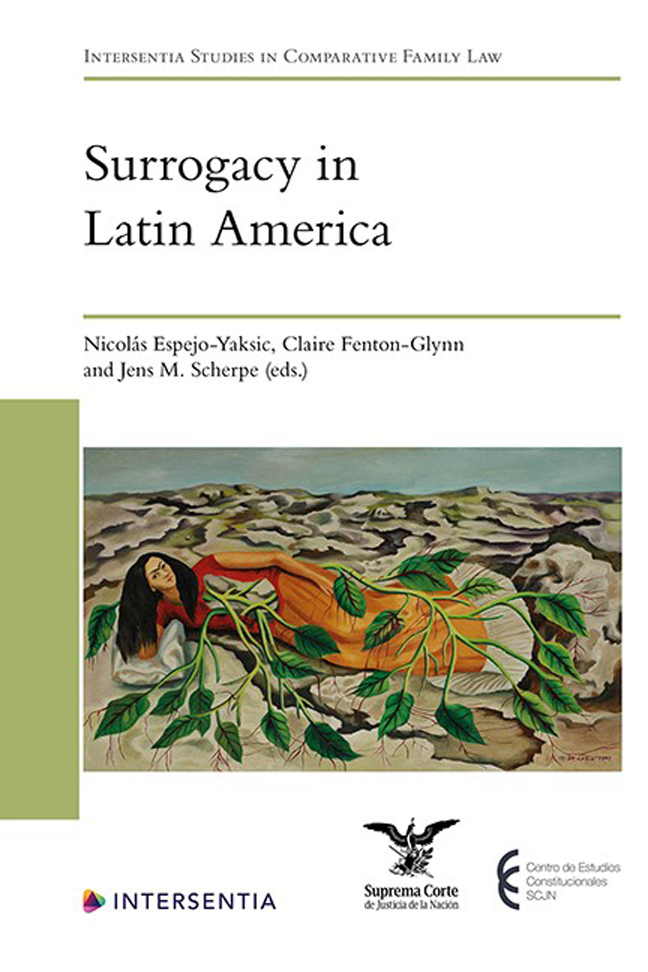Mexico
Published online by Cambridge University Press: 09 January 2024
Summary
1. GENERAL LEGAL FRAMEWORK
1.1. THE REGULATORY FRAMEWORK FOR SURROGACY
Article 4 of the Political Constitution of the United Mexican States provides, among other things, that “every person has the right to decide freely, responsibly and in an informed manner the number and spacing of their children”. While this article does not expressly state the right to access assisted reproduction techniques (ART), several court precedents have suggested that these techniques may be a mechanism for exercising the right stated in article 4. This constitutional provision also recognises the right of all persons to identity, and to be registered immediately after their birth, as well as the obligation to guarantee the best interests of the child and the full exercise of children’s rights.
That being said, it is important to emphasise that Mexico, as a federal republic, has a system of distribution of regulatory powers under which certain matters correspond to the federal government, others to the states, or, in certain cases, to both concurrently.
The power to legislate in substantive civil and family matters is concurrent between the federal government and the states. However, the federal government has the exclusive power to legislate the medical aspects of the disposition of germ cells, understood as a matter of “general health”. Due to this distribution of powers, surrogacy has a fragmented regulation in the local and federal spheres.
Two Mexican states (according to the distribution of powers formula, states are the ones who legislate on the matter) expressly recognise surrogacy as a basis for parentage relationships, namely:
– Sinaloa, which, in Chapter V of its Family Code (“Assisted Human Reproduction and Surrogacy”), establishes the bases for executing surrogacy agreements and delineates their effects with respect to parenthood; and
– Tabasco, which, in the Eighth Title, Chapter VI Bis of its Civil Code (“Assisted Gestation and Surrogacy”), regulates the procedure with much greater breadth, establishing various forms and indicating the specific effects of each one.
- Type
- Chapter
- Information
- Surrogacy in Latin America , pp. 171 - 190Publisher: IntersentiaPrint publication year: 2023



